Review: Huawei Premia 4G for MetroPCS
Apr 27, 2013, 9:37 AM by Eric M. Zeman
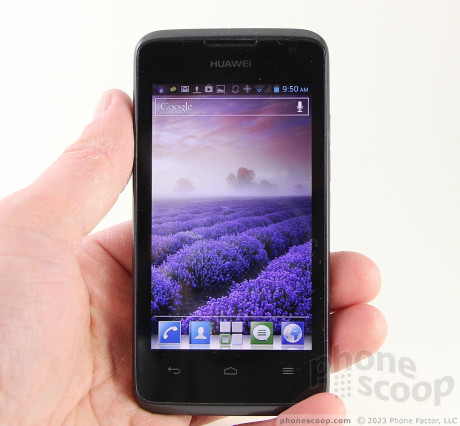
Huawei offers up an entry-level Android smartphone for MetroPCS that covers the basics and then some. Here is Phone Scoop's full report.
Form
Is It Your Type?
The $99 Huawei Premia 4G is among the least expensive smartphones in MetroPCS's roster of devices. It's a compact Android phone that offers entry-level specs and entry-level performance. Budget smartphone shoppers will find plenty to like.
Body
The Huawei Premia, which is an update to the Activa, makes no attempt to be flashy, special, or stylish. It has a spartan, utilitarian design that favors function over form. It is a black slab that's made of average materials and works about as well as a $99 phone should.
The front face is made of glass, of course, and that is surrounded by a shiny black rim made of plastic. The battery cover encompasses the entire rear of the Premia and wraps around the sides to meet the shiny black rim. The seam where these two meet is somewhat uneven. The material used to form the back and sides is a dull, textured dark gray plastic. It gives the Premia some grip in the hand, no doubt, but feels cheap.
The height and width of the Premia aren't too much, but at 12mm thick, the Premia feels downright beefy. I suppose I have been spoiled by devices that measure less than 8mm. It may not sound like much, but that 4mm makes a huge difference in how the Premia feels in the hand. Its saving grace, perhaps, is the soap-bar shape that produces a comfortable, rounded profile. You will notice when the Premia is in your pocket thanks to its thick profile.
When set flat on a table or desk, the plastic rim will prevent the glass from getting scratched. The display is swimming in an unattractive, thick bezel. Huawei's logo, positioned above the screen, often catches light, giving it a bit of flair. There are three capacitive controls beneath the display. They are flush with the glass.
There are but two physical controls on the Premia 4G. The volume toggle is positioned along the right edge of the phone. I had trouble with this one, but only because so many devices put the screen lock button here. The button itself works well. The actual screen lock button is on the top edge of the phone. It's easy to find, but travel and feedback are pathetic. The standard headphone jack joins the screen lock button on top. The microUSB port is on the left edge of the phone. There is no dedicated camera button.
As mentioned earlier, the battery cover is a shell that forms the entire back half of the Premia. It comes off very easily. Once removed, the battery, SIM card slot, and microSD card slots are all plainly visible. MicroSD cards can be inserted/removed at will, but the SIM card cannot be pulled unless you first remove the battery. The Premia uses a full-sized SIM card, not a microSIM card.
Almost everything about the Premia 4G's hardware functions properly. I only wish the lock screen button felt better and the whole thing didn't have a bargain-basement aura to it.
Performance
Screen
The Premia's display measures 4 inches across the diagonal and includes 800 x 480 pixels. In general, this screen size and resolution combo make for a decent display. The resolution may not match the HD displays on today's better devices, but neither does the Premia have a huge space to fill with pixels. The slightly smaller screen and resolution go well together. Pixels are still visible, but only if you hold the Premia six inches from your eyeballs. The LCD is plenty bright, but viewing angles were a disappointment. In order to see the screen outdoors, you'll need to set brightness all the way up.
Signal
MetroPCS's network was no match for the Premia, which managed to connect tightly no matter where I took the phone. The Premia held onto at least one or two bars even under the worst network conditions, and had no trouble connecting calls at all. The phone didn't drop or miss any calls, either. Data speeds depended heavily on which network the Premia latched onto: 1X or LTE. Over MetroPCS's 1X network, web sites rarely loaded. When LTE 4G was available, though, data sessions were pretty good.
Sound
Calls made with the Premia offered some of the best quality of any phone I've used on MetroPCS's network. They were free of extraneous noises and interference, had a warm quality to them, and sounded present. They were not nearly loud enough, though. Earpiece volume is sorely lacking. I was able to hear calls in a sedate coffee shop with the volume set all the way up, but just barely. When I made a call from a noisy bar, forget it; I couldn't hear anything. Calls sent to the speakerphone were just as clear as those sent to the earpiece. Volume was acceptable for quiet places, such as an office or home, but not loud enough in a car or anywhere people are talking. Ringers and alerts were loud enough to get my attention, but the vibrate alert was a bit weak.
Battery
With its lower-resolution screen and bargain processor under the hood, the Premia managed to impress me with its battery life. I had no trouble at all getting through an entire day and then some. It's important to point out that the bulk of the time I spent testing the Premia was under MetroPCS's LTE 4G network. Bottom line: the Premia has excellent battery life for a 4G smartphone, besting superior devices such as the HTC One and Samsung Galaxy S 4.
Basics
Menus
MetroPCS has done a commendable job offering phones running clean versions of Android, and the Premia 4G is no different. It ships with Android 4.0 Ice Cream Sandwich. There is no user interface skin or overlay, though there are plenty of MetroPCS-branded applications and services on board.
The lock screen offers four shortcuts: to the camera, messages, phone, and to unlock the device. Out of the box, there are five home screens. MetroPCS has loaded them with its own apps, services, and widgets, but they can be customized any way you wish.
The pull-down notification shade provides shortcuts to turn off radios (such as Bluetooth and Wi-Fi,) as well as a button for the full settings menu. The main app menu is stock Android, and by default has apps arranged in an alphabetical grid. The main app menu cannot be customized, though you can drop apps into folders on the home screens to organize them to your liking. There are plenty of widgets available, as well.
In terms of customization, the Premia offers the same flexibility associated with most Android phones. It also happens to include three different themes. The themes change the appearance of the home screens and icons, but nothing beyond those.
The Premia has a 1.5GHz dual-core processor, and it was capable of providing all the get-up-and-go the phone needed. I didn't see any stutters, crashes, slow-downs, or performance problems of any kind while testing the device.
Calls and Contacts
The Premia runs the stock version of the Android 4.0 phone and contact applications. Pressing the phone button on the home screen brings you to the dialpad. You can swipe sideways to access the call log, and your favorite contacts. The call log provides some information about calls (time, duration) in addition to shortcuts for redialing or sending a text message to that number.
Contacts are automatically synced with your Google accounts and whatever other contact databases you might wish (LinkedIn, Facebook, etc.). Contact cards, direct dial, and direct message shortcuts can be placed on the home screens, which give you instant access to your most-oft-contacted contacts. You can also add contacts to your Favorites list — which is visible in the phone application and from a useful home screen widget.
Messaging
The Premia comes with the same stock Android communications apps that are on all other Android devices. That means Gmail, email, SMS, Google Talk, Google+, and Google+ Messenger.
As with most MetroPCS phones released this year, the Premia ships with the Metro Block-It app, which, as the name implies, lets subscribers block unwanted calls and text messages, block private/blocked numbers, and enable a "do not disturb" mode. The service costs $1 per month after a one-week trial.
Similarly, the Premia can also use MetroPCS's "joyn" messaging service. joyn is a standards-based app that collects and merges messaging services, such as IM and SMS, and lets users conduct threaded text conversations. It makes it easier to share photo and video content when the user is on an active phone call. It also lets MetroPCS customers make free voice and video calls to other joyn users via Wi-Fi. I found the app easy to use, but it is limited in that it only works with other joyn users who are MetroPCS customers.
Extras
Media
The Premia includes a basic music player application, as well as the Google Play Music app. The first works as a simple playback app for content you've side-loaded via memory card, while the second has a richer feature set in addition to its ties to the Google Play Music Store. It lets you stream music that you've stored on Google's servers. The Premia also ships with the Rhapsody music service on board, which lets you stream music to the device for a monthly fee.
Music sounded very good when played back through my favorite set of headphones.
As for video playback, the Premia includes the stock YouTube app, basic video player, and the Google Play Music & TV app. All of them work well.
Camera
The Premia uses a slightly modified version of the stock Android 4 camera app. It's simple, direct, and quick. Though there's no physical camera button, there is a shortcut from the lock screen. It launches quickly.
The camera viewfinder presents a stark user interface. There's a simple toggle control on the left for switching between different flash modes. There's also a small arrow button that opens a drawer of quick-action buttons (shooting mode, brightness, white balance, and full settings). The settings allow you to control some basic parameters, such as geotagging, ISO, timers, review, picture quality/resolution, face detection, HDR, and so on.
The Premia includes touch-to-focus, which is always a nice feature to have. The camera takes a second or so to focus, and then another to shoot and store the image. The process could be a little faster; the actual image-capturing process is the one feature where the Premia's low-grade processor has a negative impact.
Photos
The Premia has a 5-megapixel camera with autofocus and flash. In general, I was fairly pleased with the results. They're not amazing, but they are certainly worth sharing across your social networks. The images were mostly in focus, and had accurate white balance and exposure. I did see a tiny bit of grain, but otherwise the Premia does a good job.
Video
The highest video quality that the Premia can capture is 720p HD. It did a good job at capturing clean, in-focus, and correctly-exposed video. The results aren't going to bowl anyone over, but they will be worthy of sharing on YouTube. I particularly liked how smooth movement was.
Gallery
The gallery is the stock Android 4.0 application, which will connect with various online photo accounts and let you access them all from the device's various albums.
When viewing individual photos, on-screen controls make deleting, sharing, or editing them a snap. Editing features include crop, rotate, straighten, flip, sharpen, and reduce red-eye. There are also a number of effects that can be applied to the images. It connects with most social networks.
Browser
The Premia ships with the Google Chrome browser, as well as some MetroPCS-branded web tools (MetroWeb, etc.). Chrome works well on MetroPCS's LTE 4G network. Browsing speeds were good, but, as I've noted in the past, not as fast as what's available from Metro's competitors. Plenty of alternative browsers are available in the Google Play Store if you don't like Chrome.
Apps
The Premia comes with an array of MetroPCS applications. Some include: M Studio, Metro411, MetroWeb, MyMetro, MyXtras, Metro Block-It, and the Metro-branded App Store. Some of these can be deleted; some cannot. Despite the fact that there are 52 apps installed, there's still enough space left on the Premia for you to download your own applications.
Bluetooth
The Premia supports mono and stereo Bluetooth headsets. I had no trouble pairing with either. Sound quality through mono headphones was acceptable, but the volume was unacceptable. The only place I was able to make calls via Bluetooth was in a quiet office, which sort of defeats the purpose. Music pushed to stereo Bluetooth headphones sounded good, though.
Clock
The Premia offers the standard Android clock on the lock screen, which is visible when the device is first woken from sleep. It's a nice, large digital clock that's easily visible everywhere except under direct sunlight. It can't be customized, though.
GPS
The Premia includes Google Maps, which is a powerful set of tools when it comes to routing directions and discovering nearby points of interest. The Premia's GPS radio performed very well, and was able to quickly pinpoint my location to within 25 feet most of the time.
Wrap-Up
The Huawei Premia 4G may not offer the best in hardware or software, but what it does offer works well. The design is a bit plain and the materials are obviously from the bargain bin, but they fit the Premia's $99 price point. Beyond the design and feel, the hardware definitely functions as it should: the screen looks good, the signal performance is excellent, and the battery exceeded my expectations.
On the software side of things, what's to complain about a stock version of Android? The Google apps all work perfectly, and the MetroPCS-branded services all have their own benefits. The camera is certainly serviceable and the media options as as good as on any other Android handset.
Wrap that all up in $99 package, and you have a solid value for MetroPCS customers.


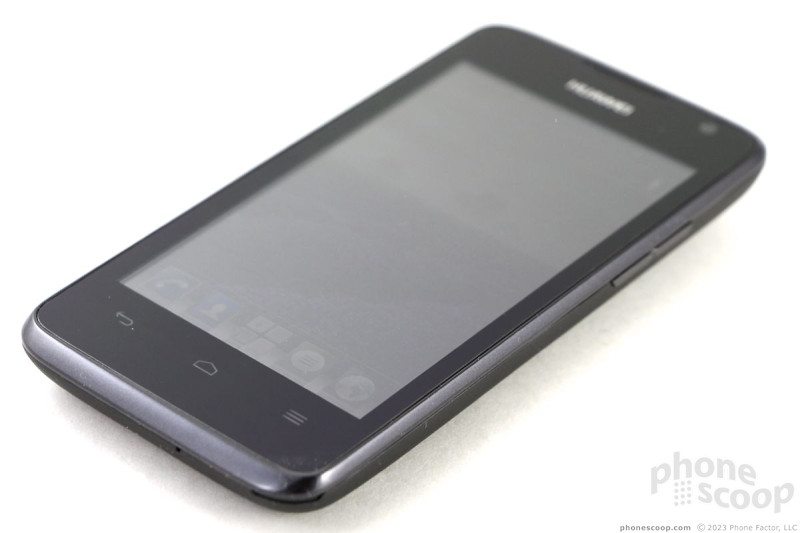











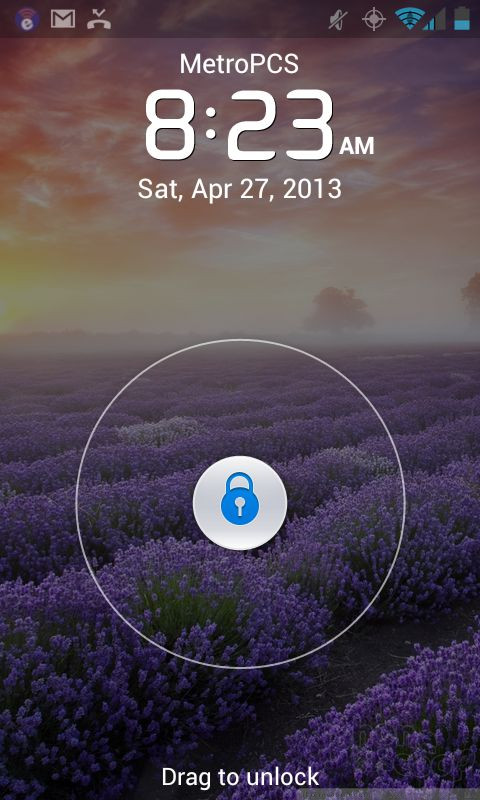







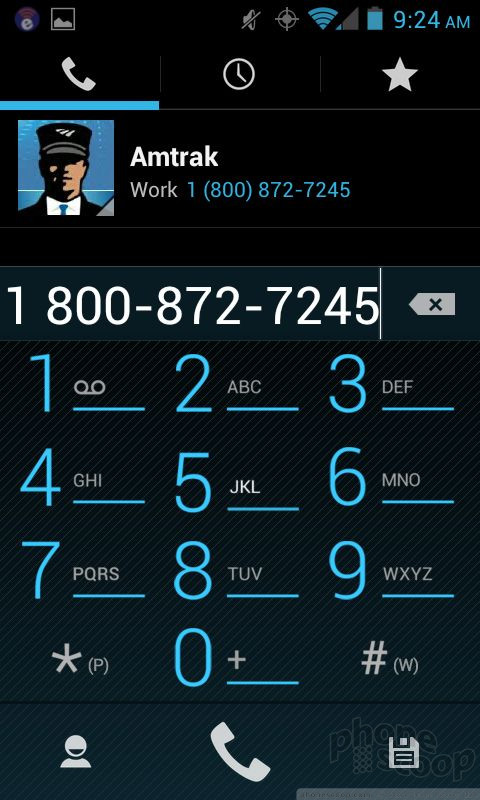






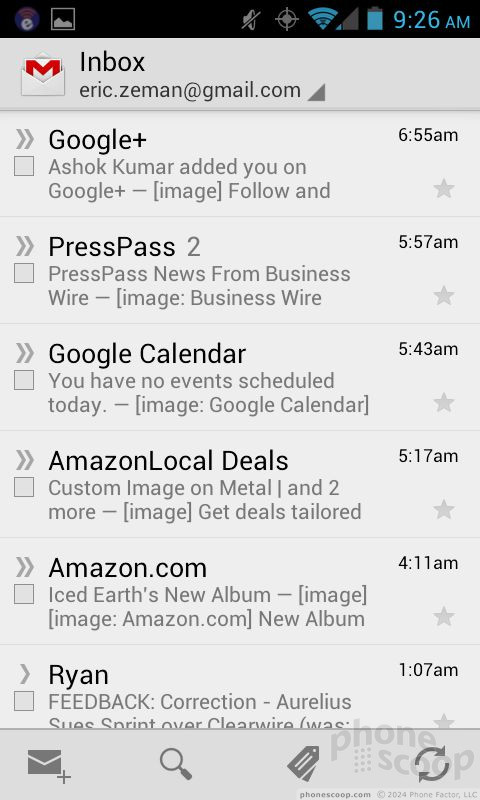



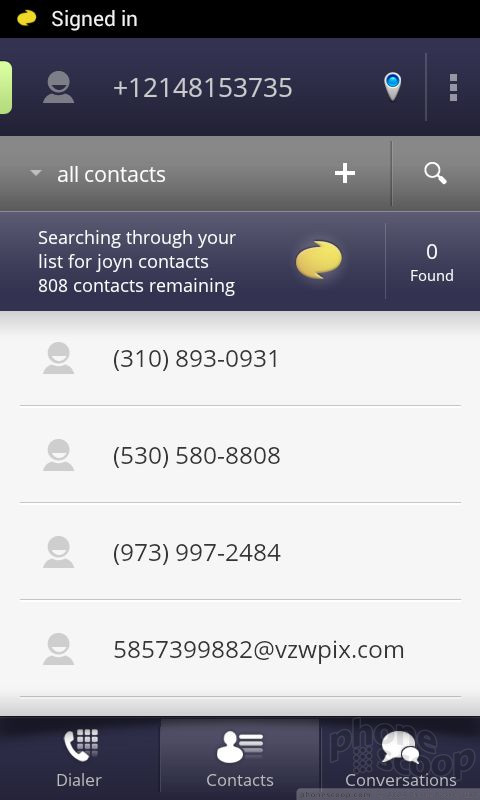



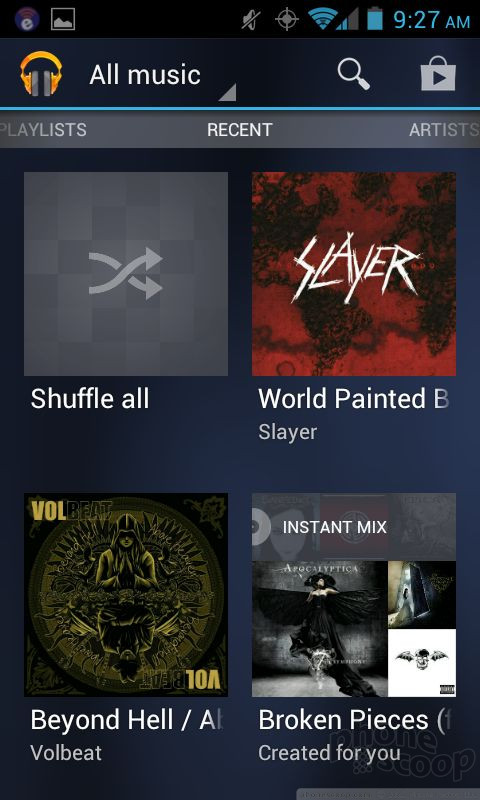





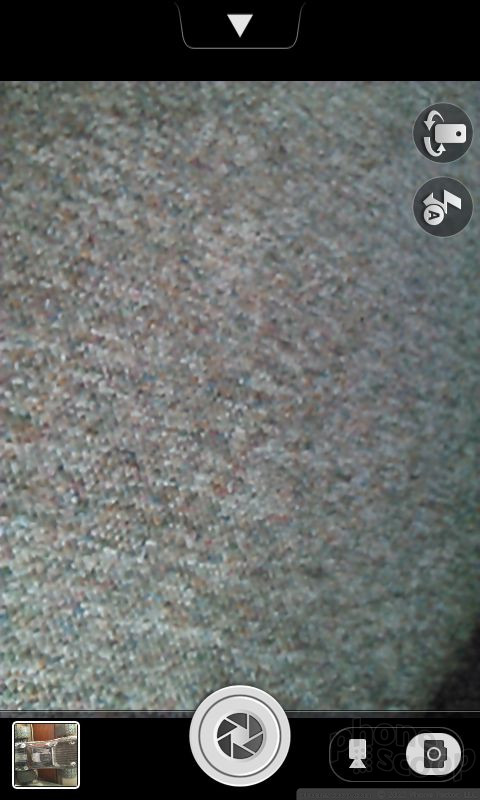





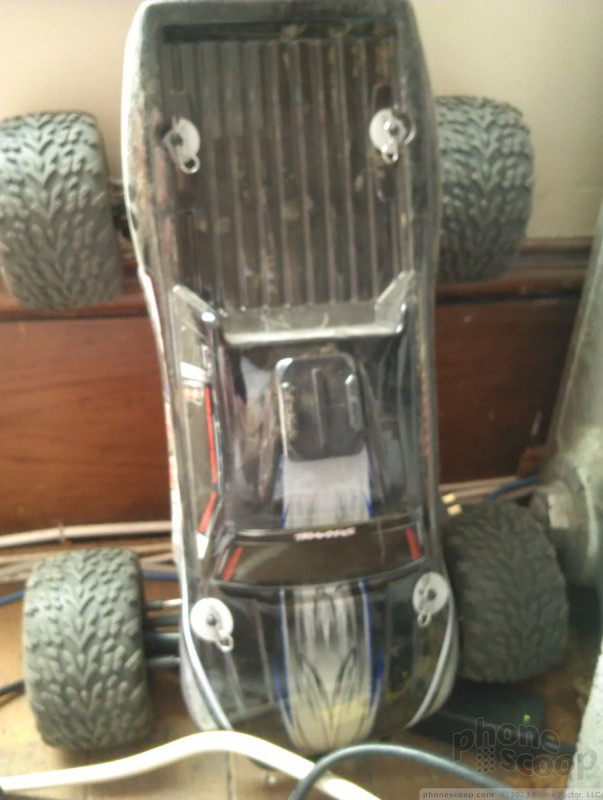














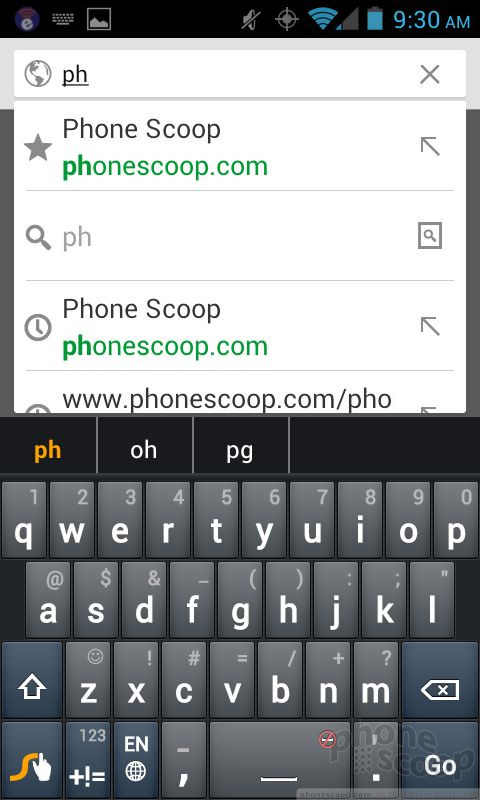



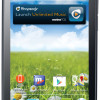 Huawei Premia Added to MetroPCS Roster
Huawei Premia Added to MetroPCS Roster
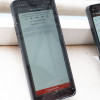 Qualcomm vs. Bullitt: Satellite Connectivity Comparison and Hands On
Qualcomm vs. Bullitt: Satellite Connectivity Comparison and Hands On
 Metro's Latest Entry-Level Phone is the TCL ION X
Metro's Latest Entry-Level Phone is the TCL ION X
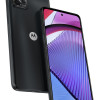 Motorola's New Affordable 5G Phone Offers a Little More
Motorola's New Affordable 5G Phone Offers a Little More
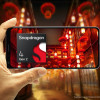 Qualcomm's New Chip for Entry-Level Phones Moves to 4nm
Qualcomm's New Chip for Entry-Level Phones Moves to 4nm
 Huawei Premia
Huawei Premia




